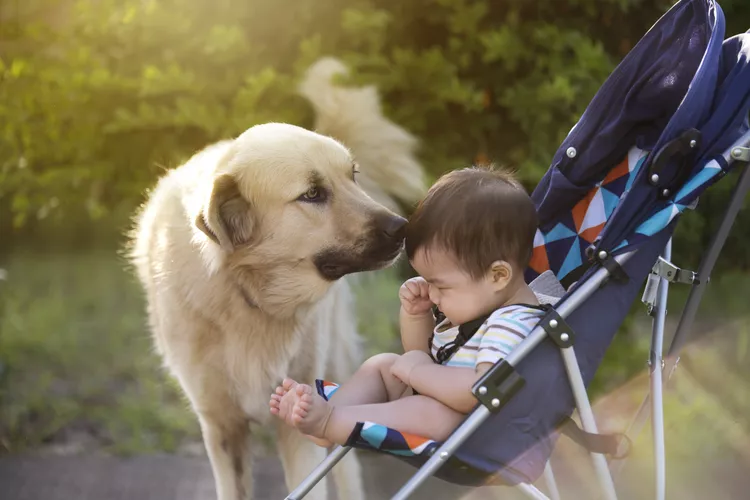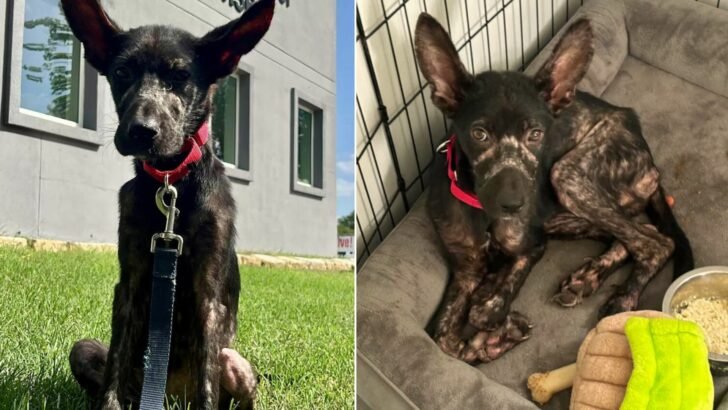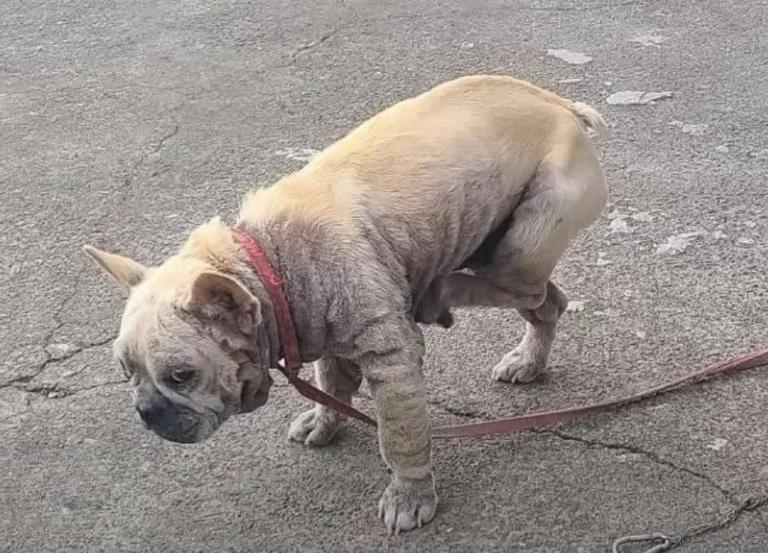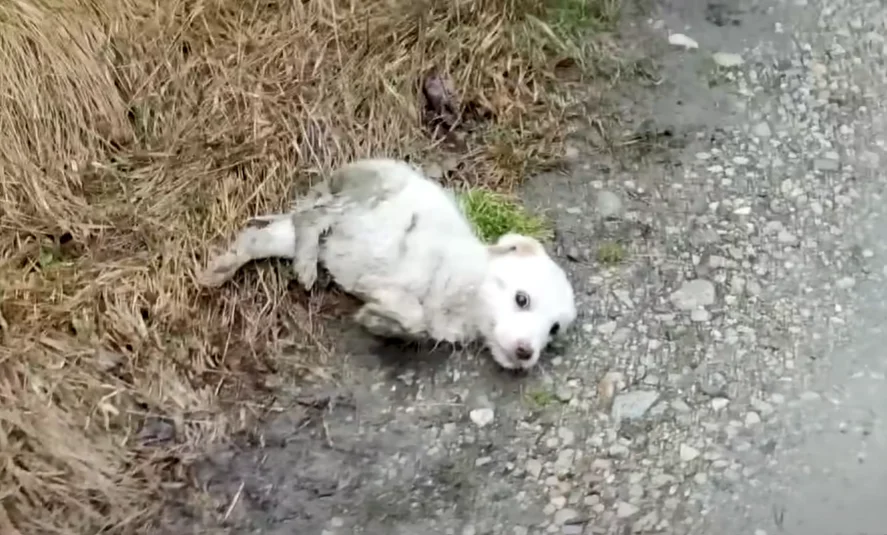Introducing dogs and babies can lead to a positive relationship, but it requires careful planning and consideration to ensure safety and comfort for both. While having a dog around infants can potentially offer benefits, such as lower chances of developing allergies to dogs, it’s important to manage interactions thoughtfully. Both dogs and babies can inadvertently cause stress or harm to each other, so preparation is key.

Why Puppies Might React to Babies
Puppies are often intrigued by babies due to their different smells and sounds, like milk or baby food. While some dogs are naturally good with children, others might be unsettled by the unfamiliar noises and movements of infants. Babies can sometimes act like prey in their movements and sounds, which might cause cautious dogs to react with defensiveness or playful behavior. Moreover, since babies are at a lower level, they might inadvertently invade the dog’s space or handle its belongings, which could trigger protective or aggressive responses.

Preparing Your Dog Before Baby Arrives
- Allow Exploration: Let your dog explore the baby’s nursery if it previously had access to that space. This helps your dog get used to the new environment and prevents behavioral issues that might arise from feeling excluded.
- Manage Access: If you plan to restrict your dog’s access to the nursery, start by keeping the door closed or using a baby gate. This helps your dog adjust to the idea of the room being off-limits.
- Acclimate to New Sounds: Play recordings of baby noises and other new sounds, like white noise or toys, to help your dog become accustomed to them. Reward your dog for calm behavior in response to these sounds.
- Create Positive Associations: Offer treats and praise when your dog interacts calmly with baby-related items like toys or bedding.
- Introduce Baby Scents: Start using baby lotions or creams on yourself to familiarize your dog with these new scents.
- Adjust Routine: Prepare your dog for changes in routine that will come with a new baby. Maintain consistency in feeding and exercise times, even if they shift slightly.
- Make Changes Early: If you need to implement new rules or introduce new items like a crate, do so well before the baby arrives to avoid associating these changes with the baby.
- Introduce Baby’s Scent: Bring home an item with the baby’s scent, like a blanket, to help your dog become familiar with it.
- Use Calming Products: For anxious dogs, consider using calming pheromone products to ease their transition to the new environment.

Introducing Your Dog to the Baby
- Stay Calm: Keep the introduction low-key and avoid making a big fuss. Your calm demeanor will help your dog feel more at ease.
- Facilitate Safe Interaction: Allow your dog to sniff the baby’s foot or blanket. If you have multiple dogs, introduce them one at a time to prevent overwhelming both the baby and the dog.
- Reward Positive Behavior: Praise and reward your dog for calm and gentle behavior around the baby. Avoid punishing your dog for nervousness or excitement; instead, redirect them to a safe space if needed.
- Create Positive Associations: Link the baby’s presence to positive experiences for your dog, such as playtime or treats, to help them associate the baby with good things.

Ongoing Supervision
Even if your dog and baby develop a positive relationship, never leave them unsupervised. Always monitor their interactions to ensure safety and prevent accidents. If you have older visiting children, follow similar introduction strategies to ensure everyone gets along well.
By following these guidelines, you can help foster a safe and loving environment where your dog and baby can grow up together as friends.




